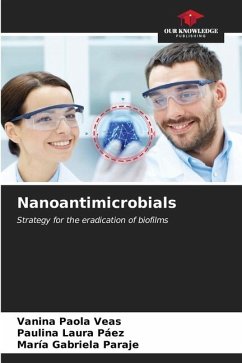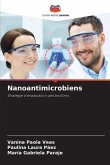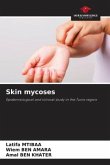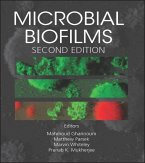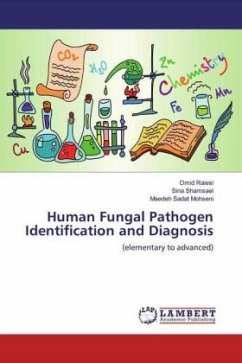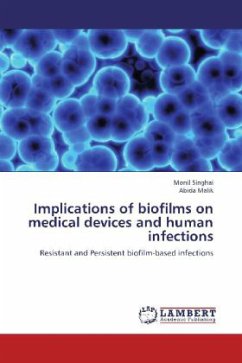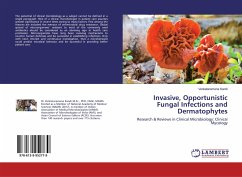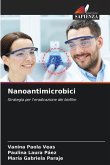Candida has the ability to adhere to surfaces and form biofilms that can be up to a thousand times more resistant to antimicrobials. Nanoparticles (NPs) obtained by biological synthesis (green synthesis) are of particular interest because they are environmentally friendly. An emerging strategy is to combine NPs such as silver (NPAg) with antifungals (ATF) used in the clinic, in search of synergy. Studies were conducted with biosynthesised NPAg alone and combined with an ATF such as amphotericin B (AmB) against mature Candida biofilms. C. albicans and C. tropicalis strains were used, biofilms were formed and the activity of NPAg, AmB, and the combination of NPAg + AmB was evaluated. It was quantified by crystal violet staining. In addition, the biofilm structure was observed by brightfield and fluorescence optical microscopy. In mature C. albicans biofilm, the biosynthesised Ag NPs, alone and in combination, showed significant antibiofilm activity. These results are encouraging asa possible strategy for the treatment of biofilm-resistant fungal infections.
Bitte wählen Sie Ihr Anliegen aus.
Rechnungen
Retourenschein anfordern
Bestellstatus
Storno

